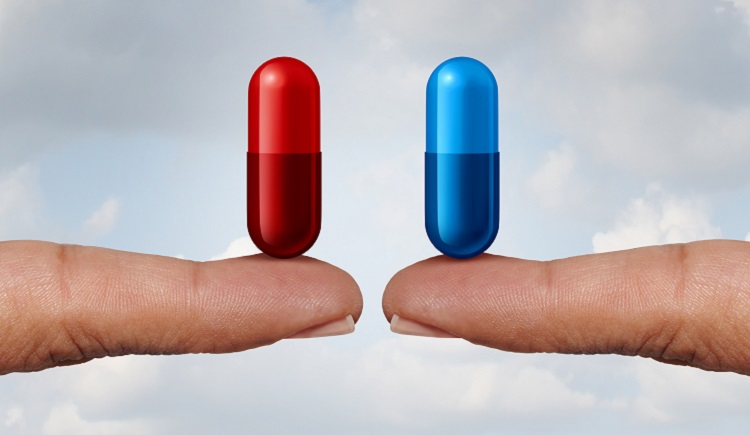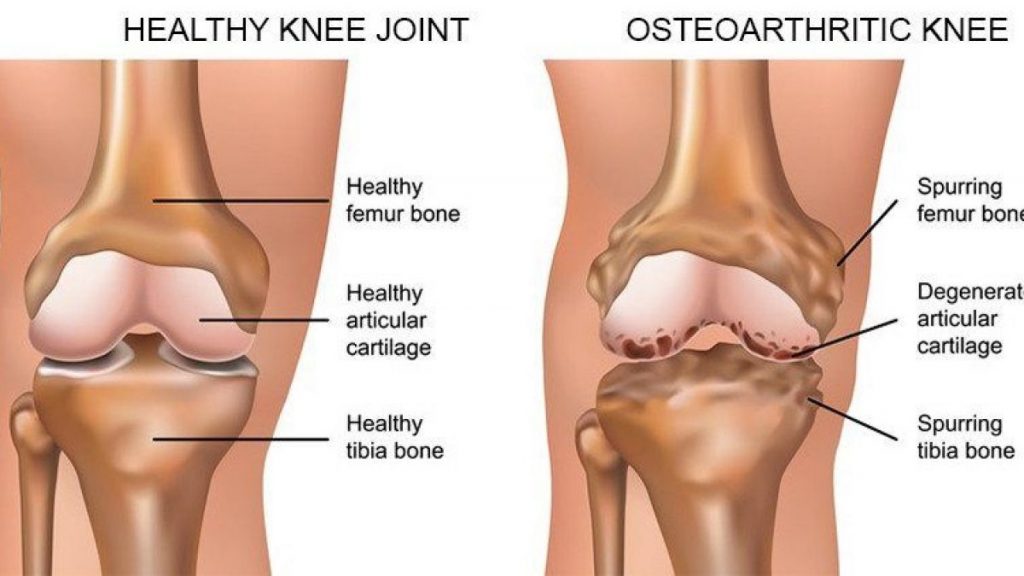
Sleeping allows your body and mind to recharge, leaving you refreshed and alert when you wake up. We always hear people saying that getting enough sleep is important for your body, but how much sleep is enough sleep? And should you go for quantity or quality?
How much sleep do you need?
Here’s how much kids and adults need, on average according to the CDC:

An average adult needs 7-9 hours of sleep. Getting enough sleep within the recommended hour lowers the mortality risk. When you don’t get enough sleep, your mortality risk increases.
To put it in another way, the shorter you sleep, the shorter your life.
But what’s even more amazing, the amount of sleep and mortality risk is not directly proportional. This means that getting more sleep above a certain threshold would not necessarily lower your mortality risk.
In fact, once you get past the 9 hours benchmark, your mortality risk rises.
Scientists have come up with 2 different theories relating to this.
The first is, in those studies, the individuals suffering from significant disease and illness try to sleep longer. Hence, it might be that actually, the disease triggers a response in those individuals to sleep more.
The second possible explanation is the poor quality of sleep. The mortality risk is also associated with sleep quality and is independent of sleep quantity. Thus, the lower your quality of sleep, the higher your mortality risk.
Moreover, people who have poor sleep quality often will try to compensate with longer sleep. Thus, it might be that having a poor quality of sleep will cause you to sleep longer. This is then associated with a higher risk of mortality.

Improve your sleep quality and quantity
To improve your sleep quality and quantity, try practising the following tips:
- Work out daily
- Eat more fiber
- Avoid caffeine at least 7 hours before bed
- Create relaxing bedtime routine
- Create a comfortable sleep environment
- Listen to white and pink noise
By doing these steps, it can help you wind down in the evening and prepare for sleep.
In this modernity where people are pushing themselves to work long hours and sometimes neglect sleep, it might be a great idea if we start prioritizing our sleep so that one day we will be able to enjoy the fruits of all the hard labour.
For more articles, visit Mayflax.




























